Drones are transforming Aramco’s operations, improving safety, efficiency, and environmental performance since their introduction in 2015. By reducing maintenance costs, inspection times, and even aiding in environmental protection, these unmanned aerial vehicles (UAVs) are proving invaluable across Aramco’s facilities, the company explains.
A New Era for Inspections
Since 2015, Aramco has been utilizing drones to inspect their facilities, eliminating the need for manual, often hazardous inspections. With over 100 drones now deployed, they cover onshore and offshore sites, storage tanks, and power system infrastructure.
Khalid Y. Al-Qahtani, Aramco’s Senior Vice President of Engineering Services, notes, “The advent of drones in the oil and gas industry is a game-changer. Deploying industry-leading robotics and drone applications across Aramco’s business is driving safer, cost-effective, and more efficient practices.”
Drones significantly cut down the time and risk associated with traditional inspections. For example, inspecting a tank with a drone eliminates the need for scaffolding, saving time and reducing the risk to maintenance staff. Drones can inspect flare stacks without shutting them down, using high-resolution thermal images to check for deformations, cracks, corrosion, and other issues.

Vertical Takeoff and Landing Drones
Aramco uses a special class of drones known as vertical takeoff and landing (VTOL) drones. These can fly for several hours without needing a runway, making them ideal for monitoring vast areas, like the giant fields where Aramco’s wells are spread out. VTOL drones are also used for pipeline surveillance and monitoring.
Enhancing Environmental Protection
Drones are crucial in monitoring facilities for potential methane leaks. Equipped with thermal gas imaging and laser absorption spectrometry, they can quickly survey large areas and provide precise data on gas leaks. This technology allows for real-time data transmission to control rooms, significantly speeding up response times.
At the Khurais field, for instance, a fixed-wing, battery-powered drone can map desert areas, survey field infrastructure, and detect potential issues, all in a fraction of the time it would take human inspectors. A manual inspection might take two operators an hour to check two wells, whereas a drone can check 70 wells in four hours.
Drone-Assisted Reforestation
Aramco is also using drones to plant trees, a method that is about ten times faster than traditional planting. In a pilot project, drones planted 100,000 native trees with a success rate exceeding 88%. This method involves dispersing nutrient-rich seed balls across large areas, contributing to environmental sustainability.

Unlocking Future Potential
The benefits of drone deployment at Aramco are extensive. For example, the Uthmaniyah Gas Plant (UGP) cut inspection times by 90% using drones and wearable technologies. At the Abqaiq Plants facility, drones and robots perform almost a third of routine operations, increasing power generation potential by 4.5% and reducing carbon intensity by 31.8% between 2019 and 2022.
Drones are also being used in construction, where 3D modeling drone scanning devices analyze site topography and create operational plans, significantly speeding up the surveying and planning processes.
Aramco is committed to continuing its exploration of new drone technologies to enhance operational efficiency, workplace safety, and reduce carbon emissions. As Drone Technology evolves, its full potential in the energy sector is yet to be unlocked, promising even greater advancements in the future.
Photos courtesy of Aramco.
Discover more from DroneXL
Subscribe to get the latest posts to your email.
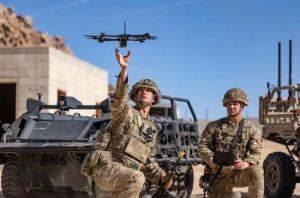


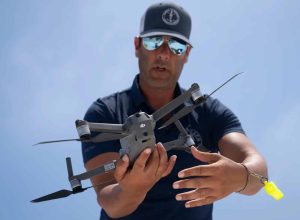

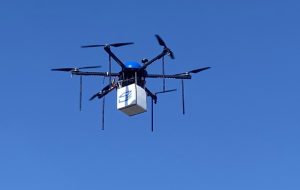
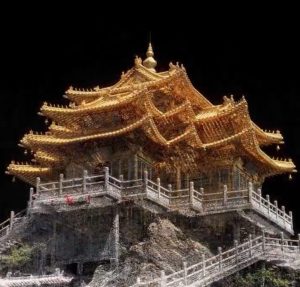
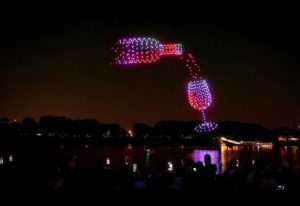
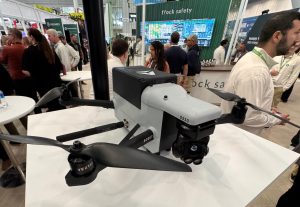
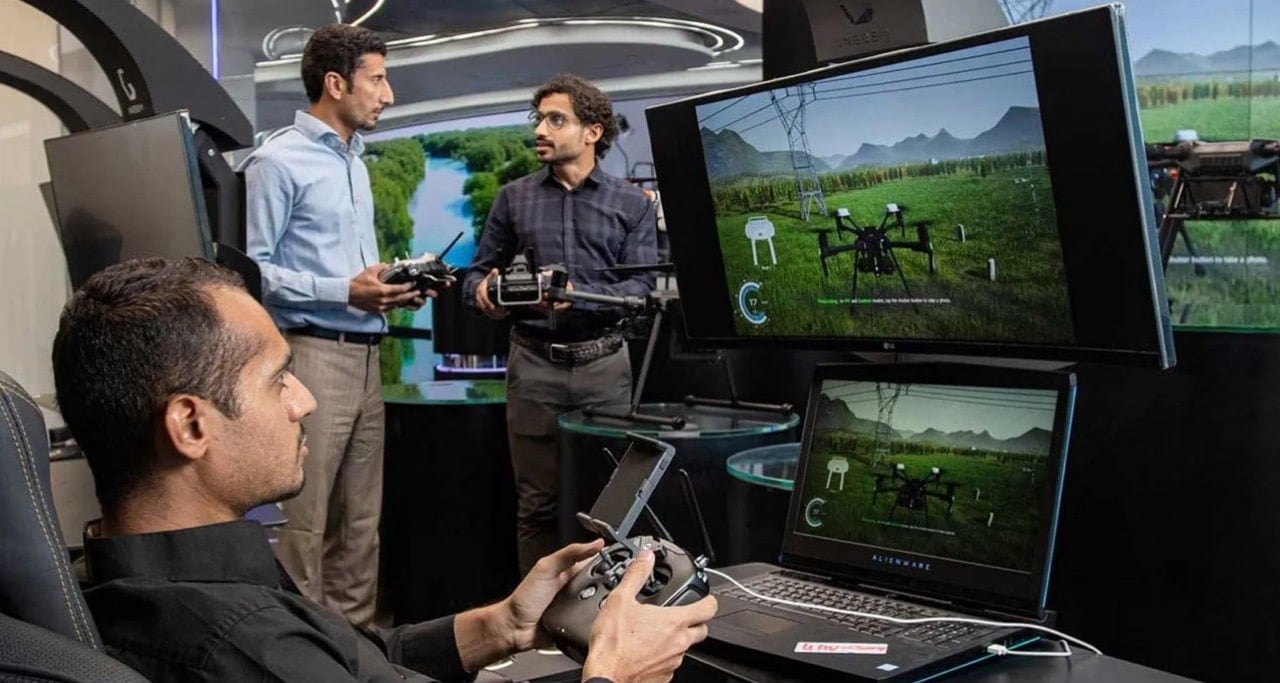
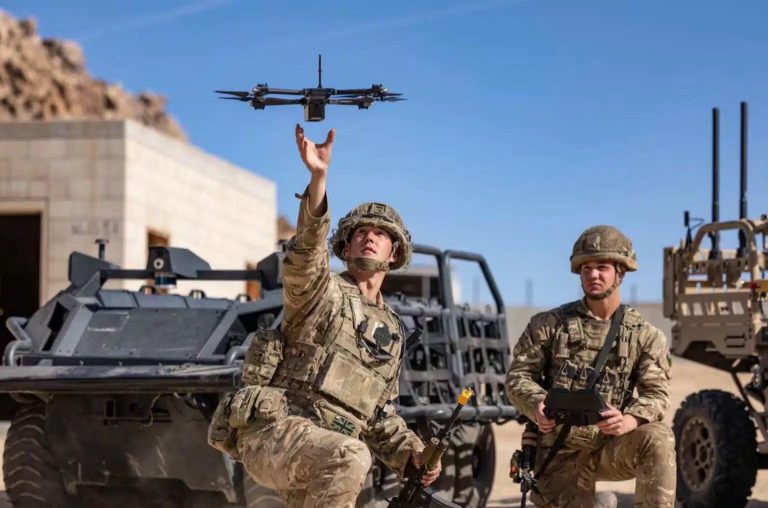

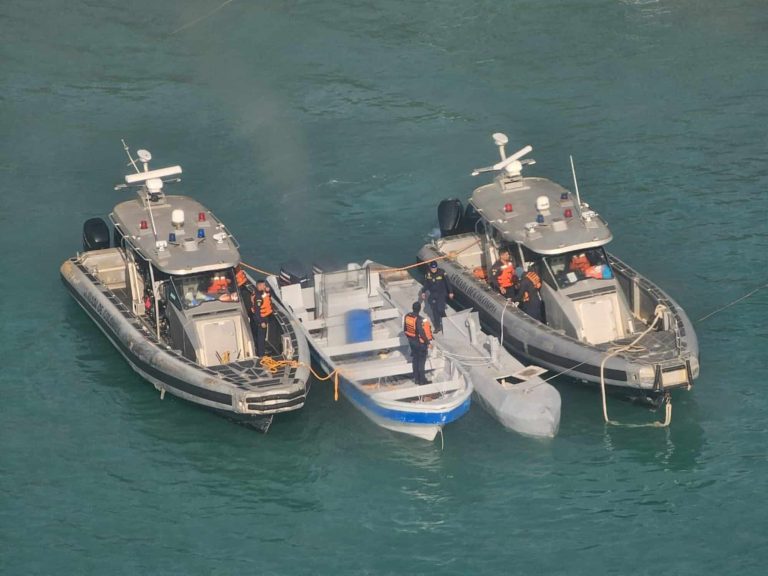
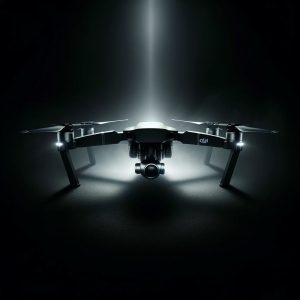
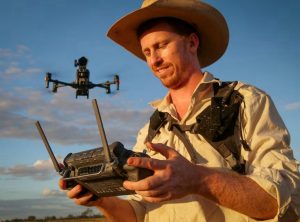
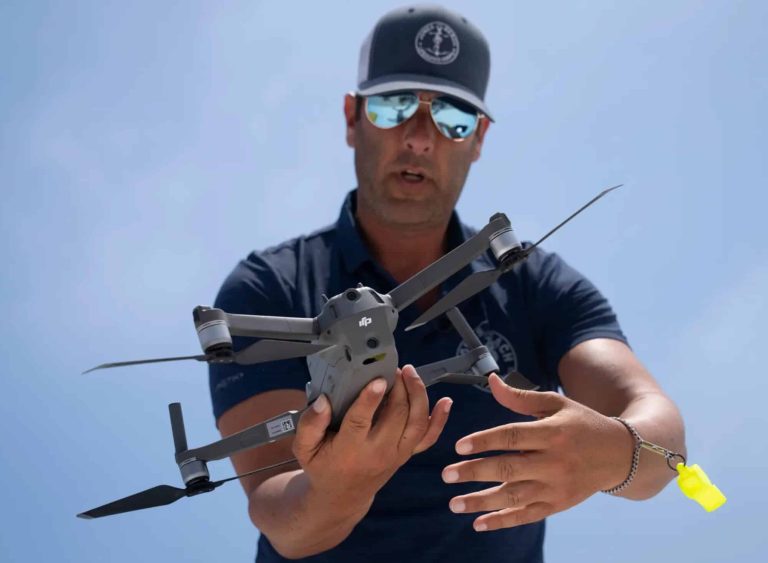



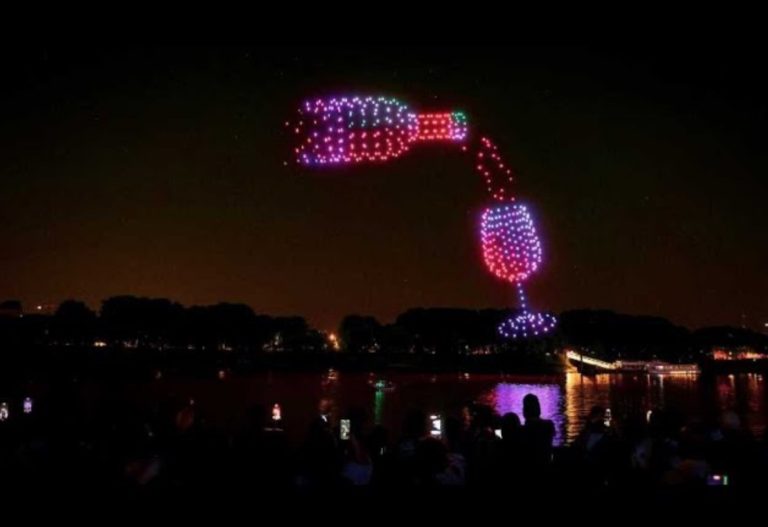
+ There are no comments
Add yours